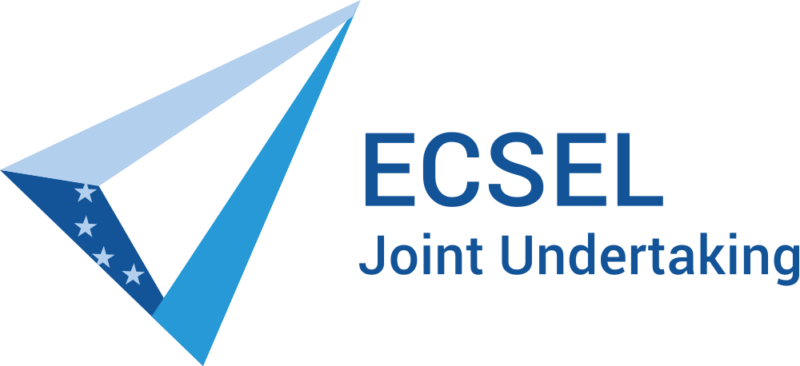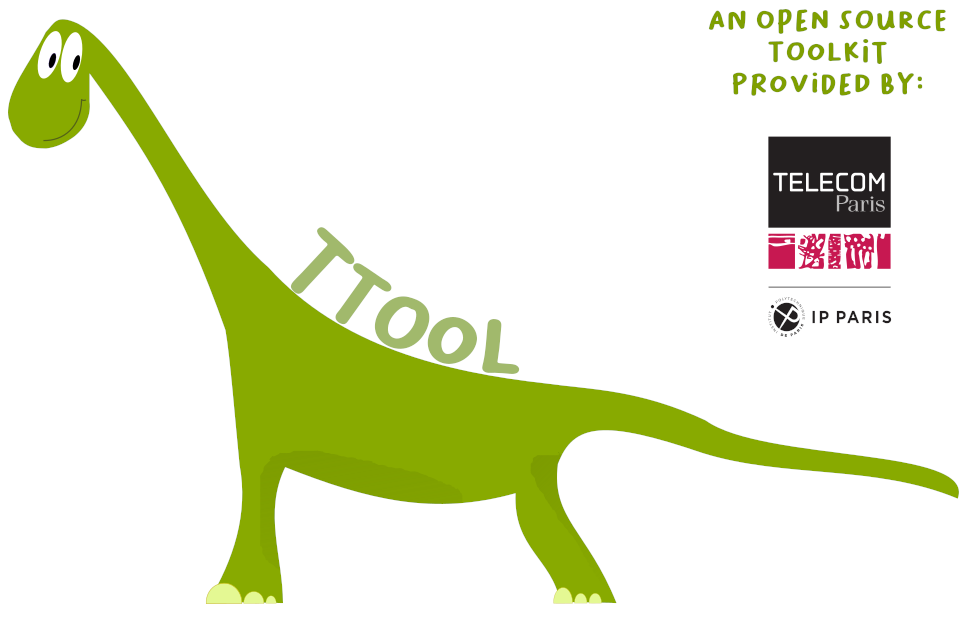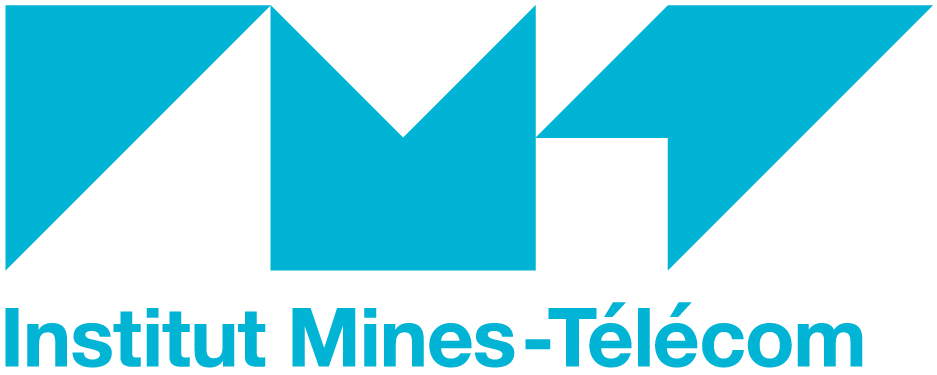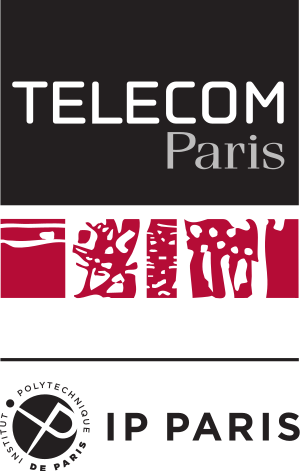References
Here are a few companies, academic partners and projects who used or are currently using TTool
 |
 |
 |
 |
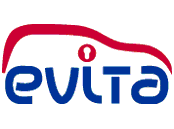 |
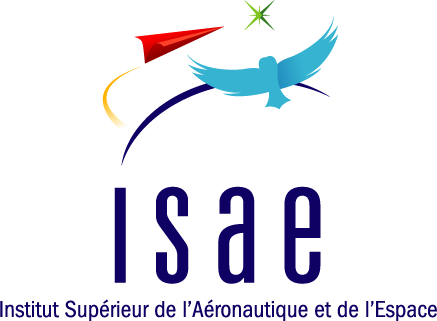 |
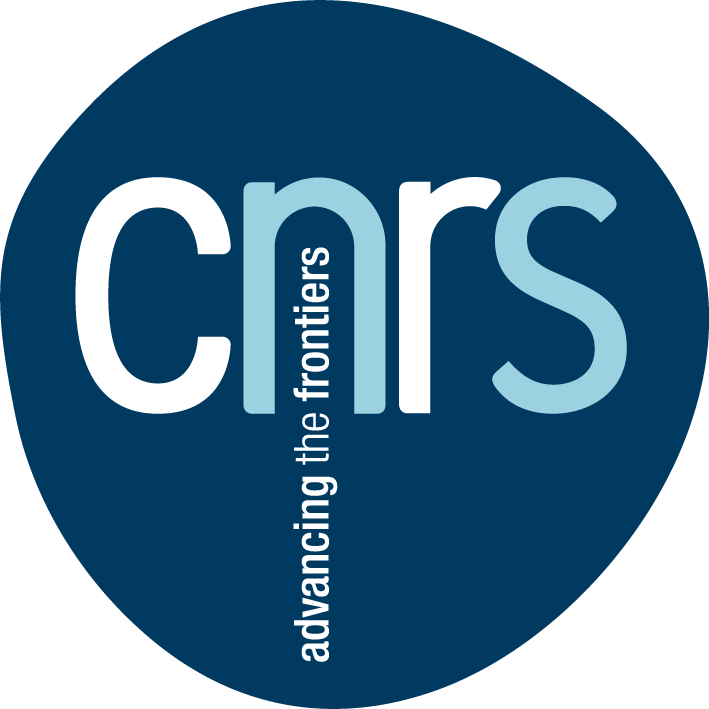 |
 |
 |
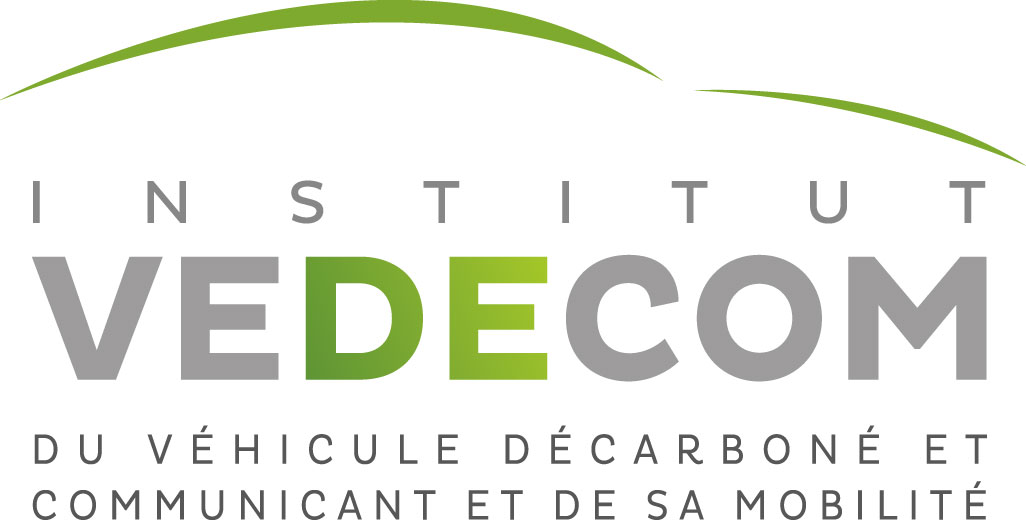 |
 |
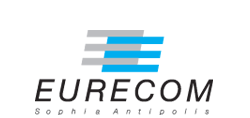 |
 |
 |
- Thales Alenia Space: Modeling and verification of telecommunication protocols, and proof on the dynamic reconfiguration of those protocols, with TURTLE. Thales Alenia Space actively participated in the definition of TURTLE.
- UDcast: Modeling and verification of protocols, in the scope of a european project (Maestro). Use of the TURTLE profile.
- Texas Instruments: Partitioning of video functions on the OMAP platform. Use of the DIPLODOCUS profile.
- Freescale: Partitioning of telecommunication protocols, in particular, LTE layers. Use the DIPLODOCUS profile. Freescale also participated to the definition of DIPLODOCUS, and also to the code of TTool.
- The EVITA project: Modeling and proof of automtive embedded systems. More precisely, capture of security requirements (AVATAR), capture of attack trees (AVATAR). Partioning of the system, and performance evaluation (DIPLODOCUS). Proof of security properties (AVATAR).
- The SACRA project: Partitioning of Systems-on-Chip implementing several telecommunication protocols (e.g., LTE, WiMAX). Use of the DIPLODOCUS profile.
- ISAE: Use of TTool for modeling various embedded systems (TURTLE, DIPLODOCUS, AVATAR, NC), and also for teaching activities.
- ISAE, LAAS-CNRS and Tesa: Modeling and verification of temporal constraints in secure group communications, for the Safecast national research project (Use of TURTLE).
- DOCEA Power: Use of TTool for modeling and verifying power managers with TURTLE.
- INRIA: Use of TTool for modeling grid applications with CTTool. Development of the CTTool profile in TTool. Also, joint use opf Arcadia/Capella and TTool for the design of Cyber Physical Systems.
- EURECOM: Definition of SysML-Sec, with a focus on the relation between attack trees, requirements and the partitioning of embedded systems.
- VEDECOM: Use of TTool for modeling and verifying the architecture of the VEDECOM automotive systems, with a focus on security and safety.
- NOKIA: Use of TTool for modeling, verifying, and generating the code for communication protocols. Use of DIPLODOCUS.
- AQUAS H2020 project.
Development of this tool has been supported by AQUAS project (Aggregated Quality Assurance for Systems, https://aquas-project.eu/). This project has received funding from the Electronic Component Systems for European Leadership Joint Undertaking under grant agreement No 737475. This Joint Undertaking receives support from the European Union's Horizon 2020 research and innovation programme and Spain, France, United Kingdom, Austria, Italy, Czech Republic, Germany.
This tool as well as the information provided on this web page reflects only the author's view and ECSEL JU is not responsible for any use that may be made of the information it contains.